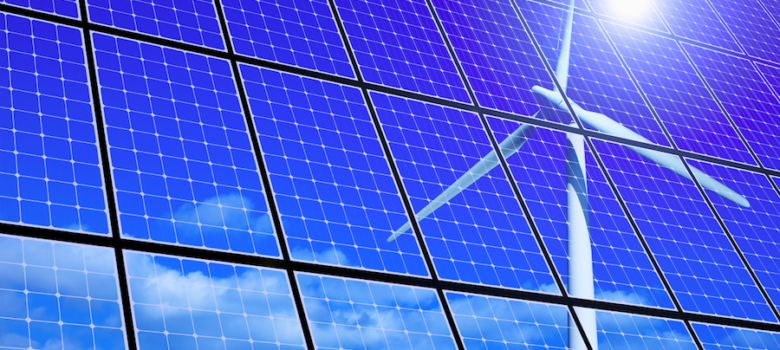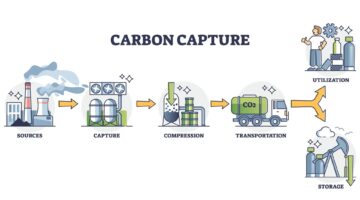
Carbon capture and storage (CSS) is a much talked-about possibility, but one that has so far failed to materialise into the environmental game-changer it’s hailed as by many. Will it ever be affordable and effective enough to make a difference to energy management climate change worldwide?
Proponents have been saying we’re ‘nearly there’ for years – but after such a long wait, with the first commercial plants now opening, has it been worth the wait?
How does carbon capture and storage work?
Carbon dioxide is captured from the air before it can enter the atmosphere. Find out how here. It is then either stored, normally deep underground, or sold for reuse.
Current CSS projects
Earlier this month, the world’s first commercial carbon capture plant opened in Switzerland. This plant can filter 900 tonnes of carbon dioxide from the air each year. It then sells the captured C02 to be used as fertiliser for vegetables. Being able to be self-sufficient is key, as plants must be able to offset the huge costs of building in order to be viable.
Another, in India, uses captured C02 to make baking soda. This plant is also unsubsidised, so it’s a step in the right direction for carbon capture technology to be adopted on a wider scale.
There are also plants which sell the captured carbon to fizzy drinks companies. This recycling is controversial, as the CO2 is only removed from the environment until the can is cracked open!
What are the problems with CSS?
- It is hugely expensive. Each plant costs billions to build and there are concerns that researching the technology drains money and energy from the renewables industry.
- Because of the low concentrations of CO2 in the air, CSS would have to be on a massive scale in order to make a dent in global fossil fuel emissions.
- Some say it could encourage countries to pollute. Their argument is that it’s easier to ignore the level of emissions you’re producing if you can claim to be cleaning them up afterwards.
- As mentioned above, there is an inherent contradiction in the fact that the carbon dioxide that is sold and recycled normally finds its way back into the atmosphere.
Future of carbon capture
Although recent developments have turned carbon storage from an abstract idea to a working reality, it is still way off being adopted on a wide scale. The relatively small impact that plants in their current form could have on global emissions, as well as the delicate balance of financing the operations, means it remains unlikely that they’re going to change the world any time soon.
The possibility of being able to sell the C02 collected for reuse may have signalled a turnaround for the technology, but it comes with its own set of problems. There’s an irony in the fact that the captured carbon is eventually released back into the environment after being sold.
In order for it to work as a renewable industry, more needs to be done to transform CO2 into commercial products which have no negative impacts on the environment. The race is on to develop ways to turn it into – for instance – clean fuel or renewable plastics.
Despite reservations, it is now possible that carbon capture will have a part to play in managing fossil fuel emissions. However, whatever happens, it’s always only going to be prevention, rather than cure. If we weren’t producing vast fossil fuel emissions, we wouldn’t have to clean them up!

Think we missed something? Do you have a different opinion?
Comment below to get your voice heard…



















No Comments yet! Be the first one.